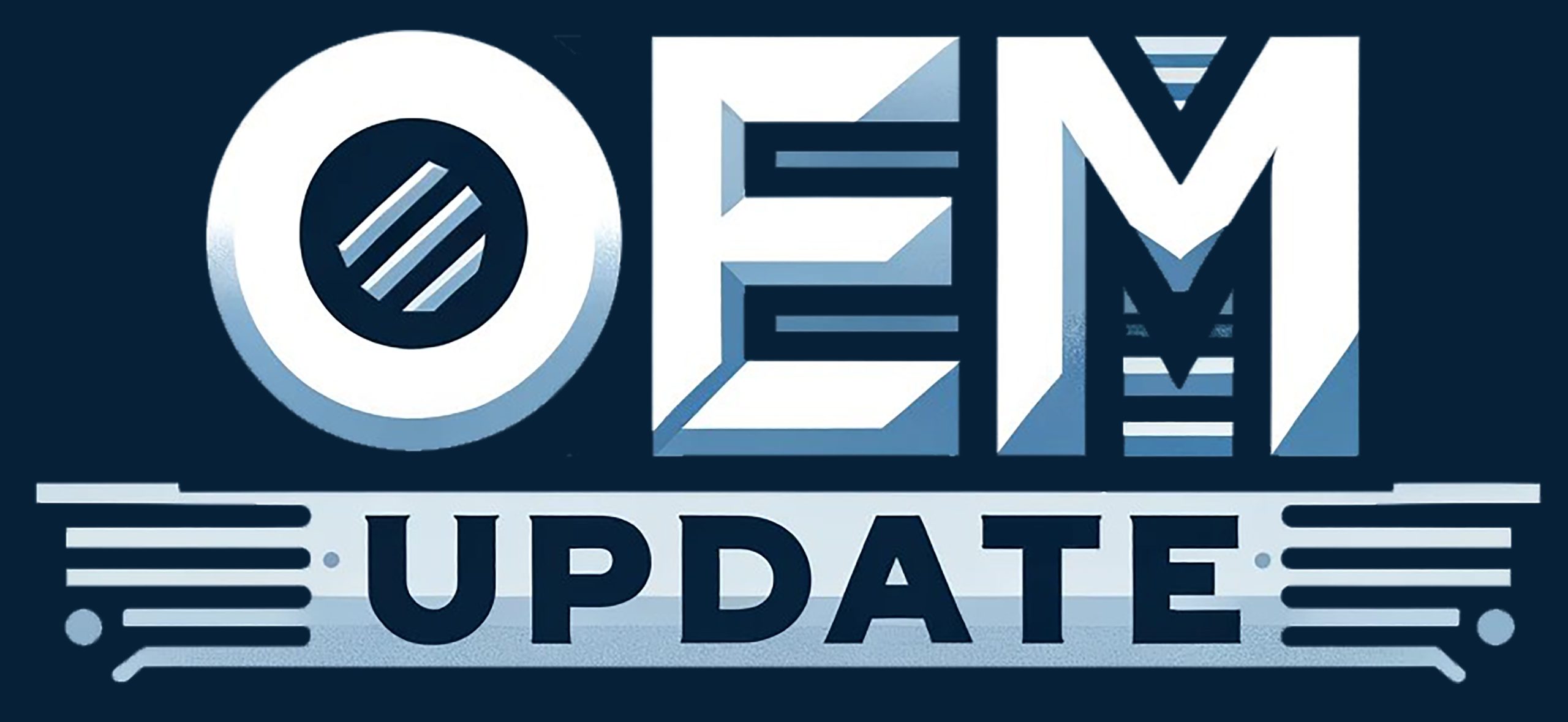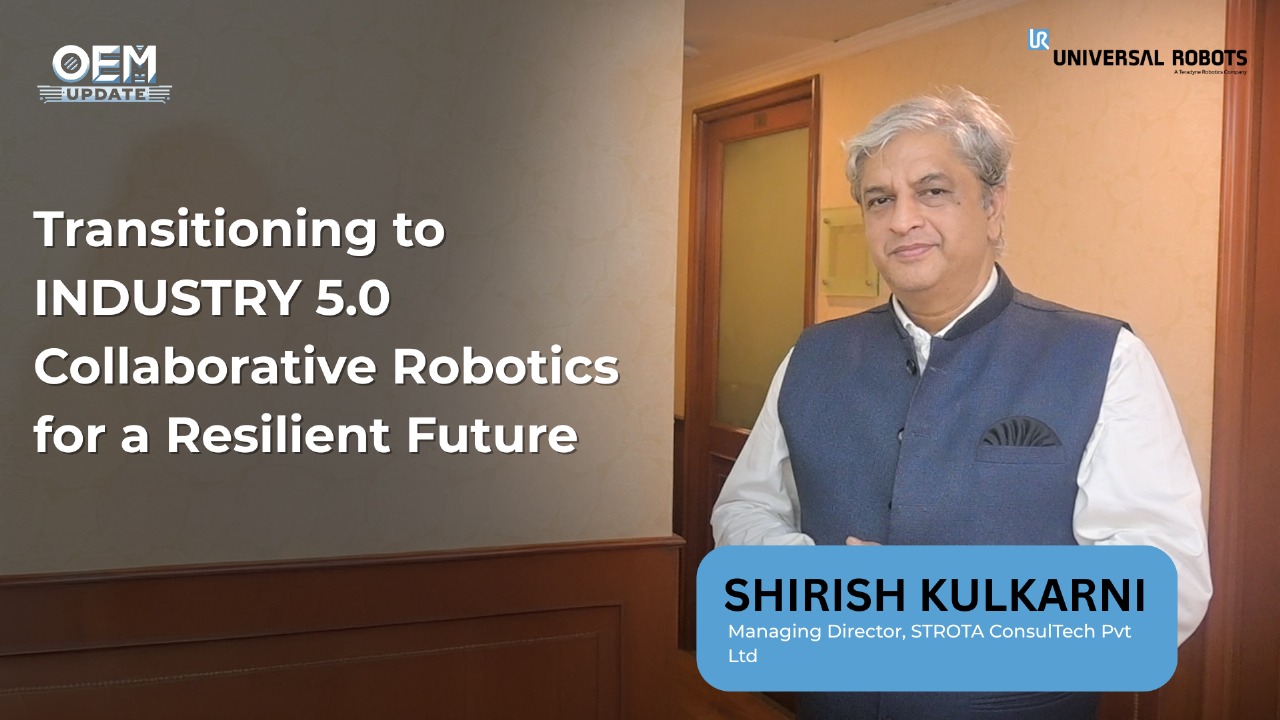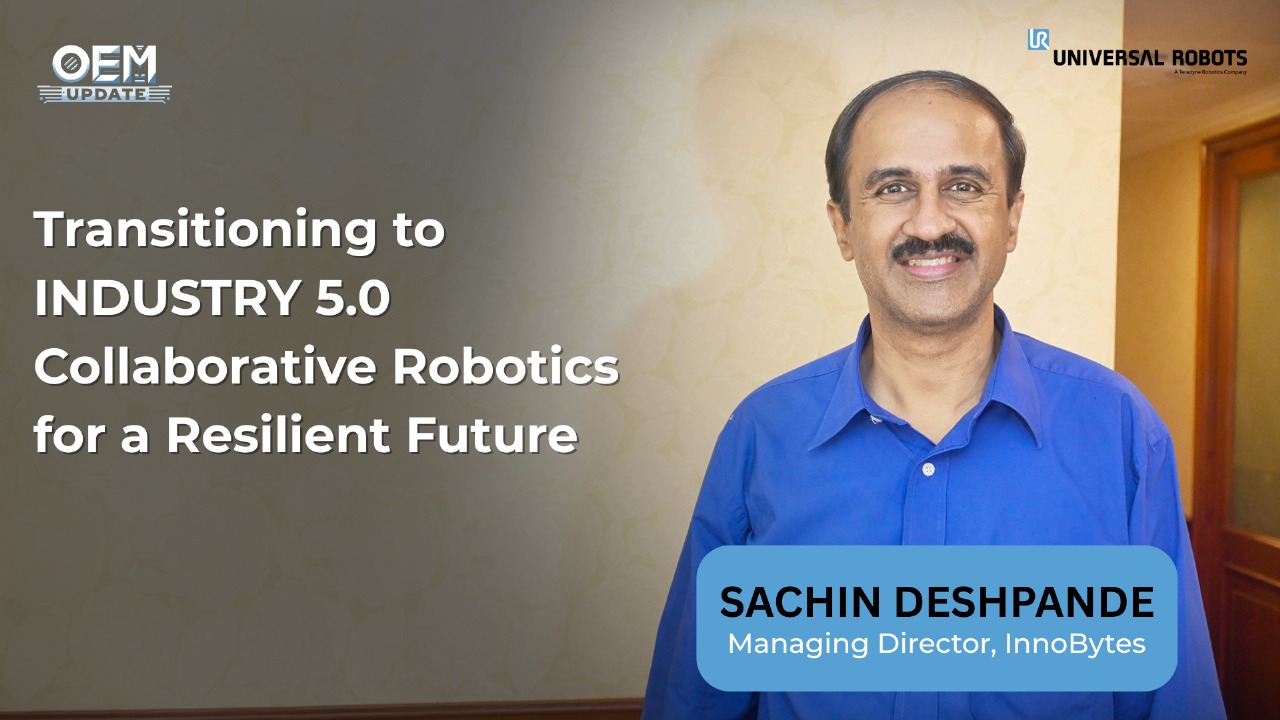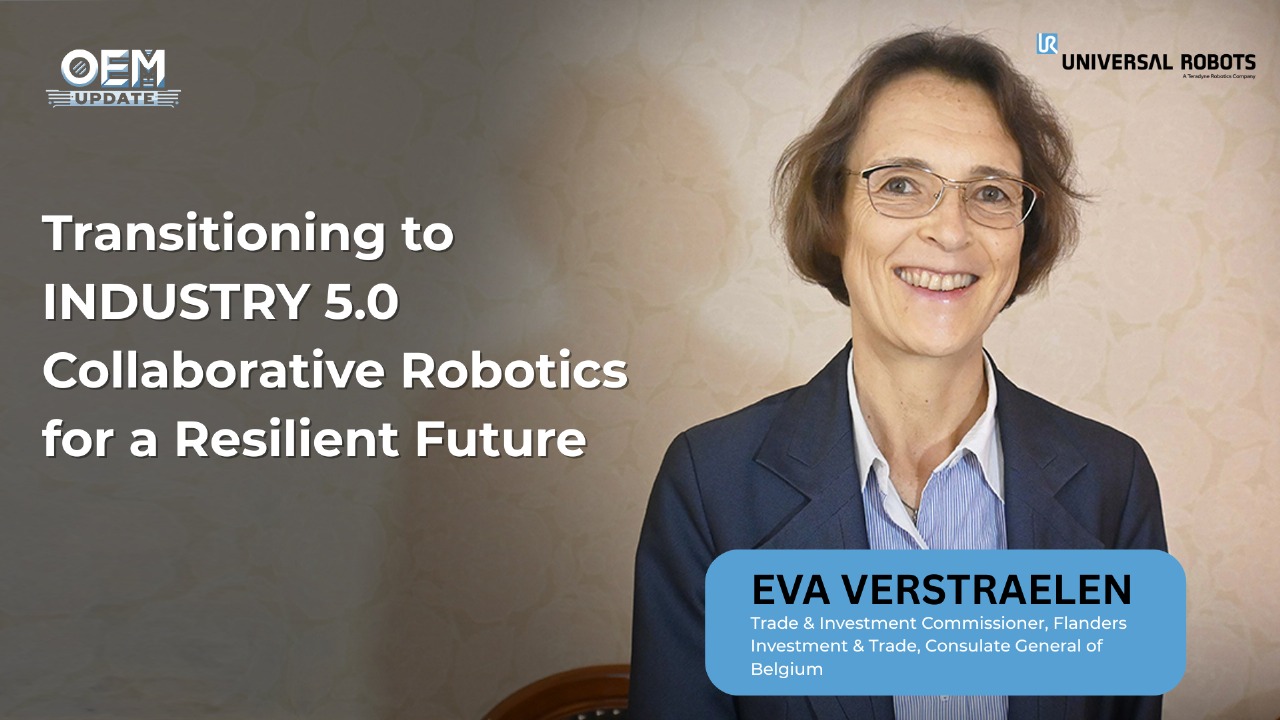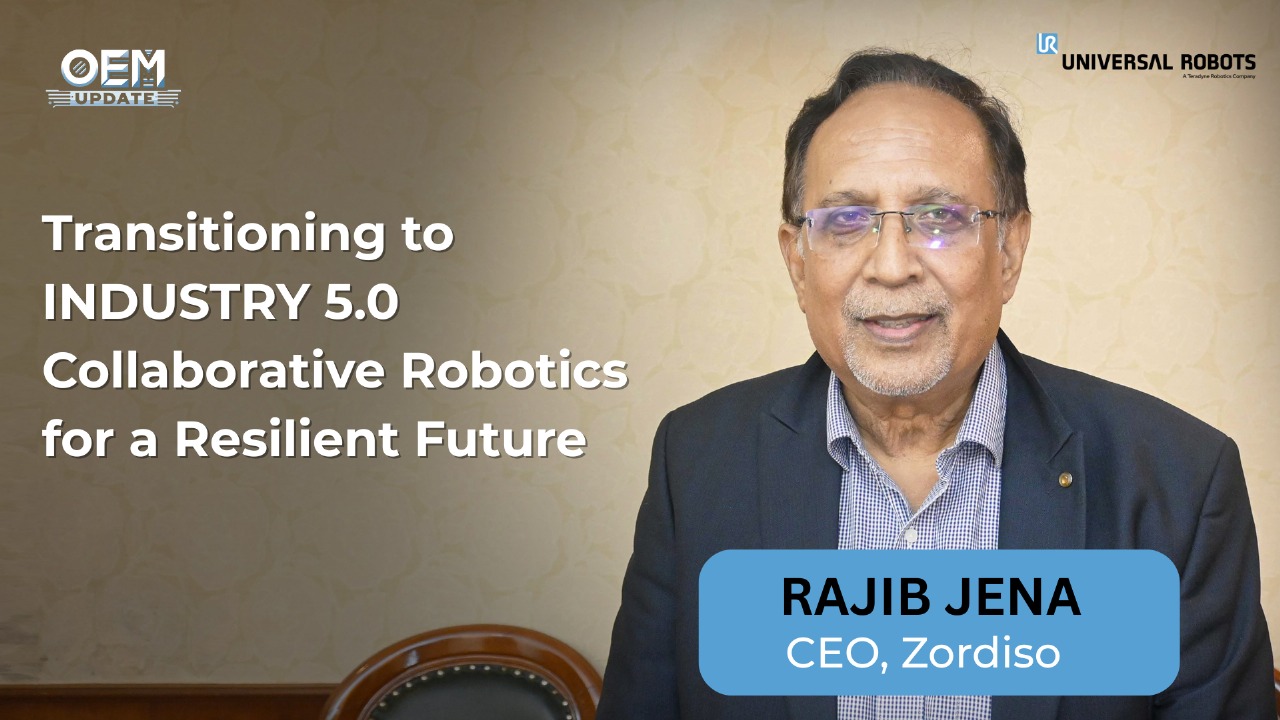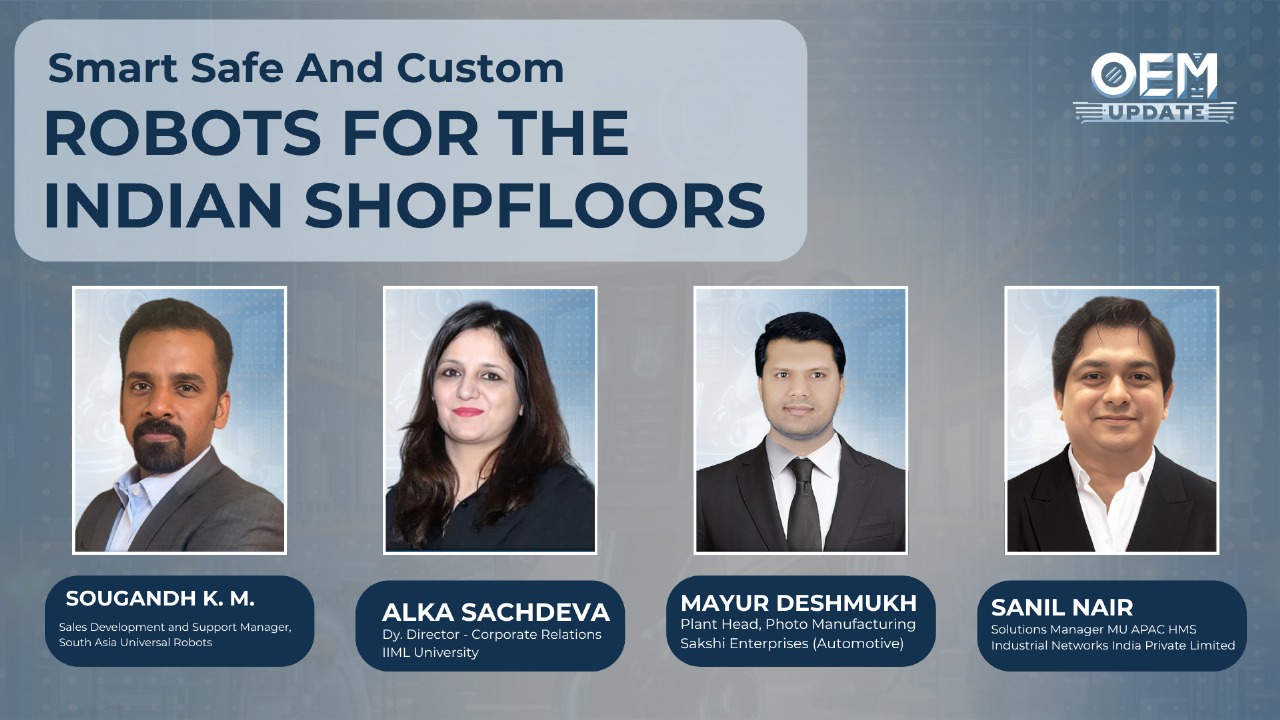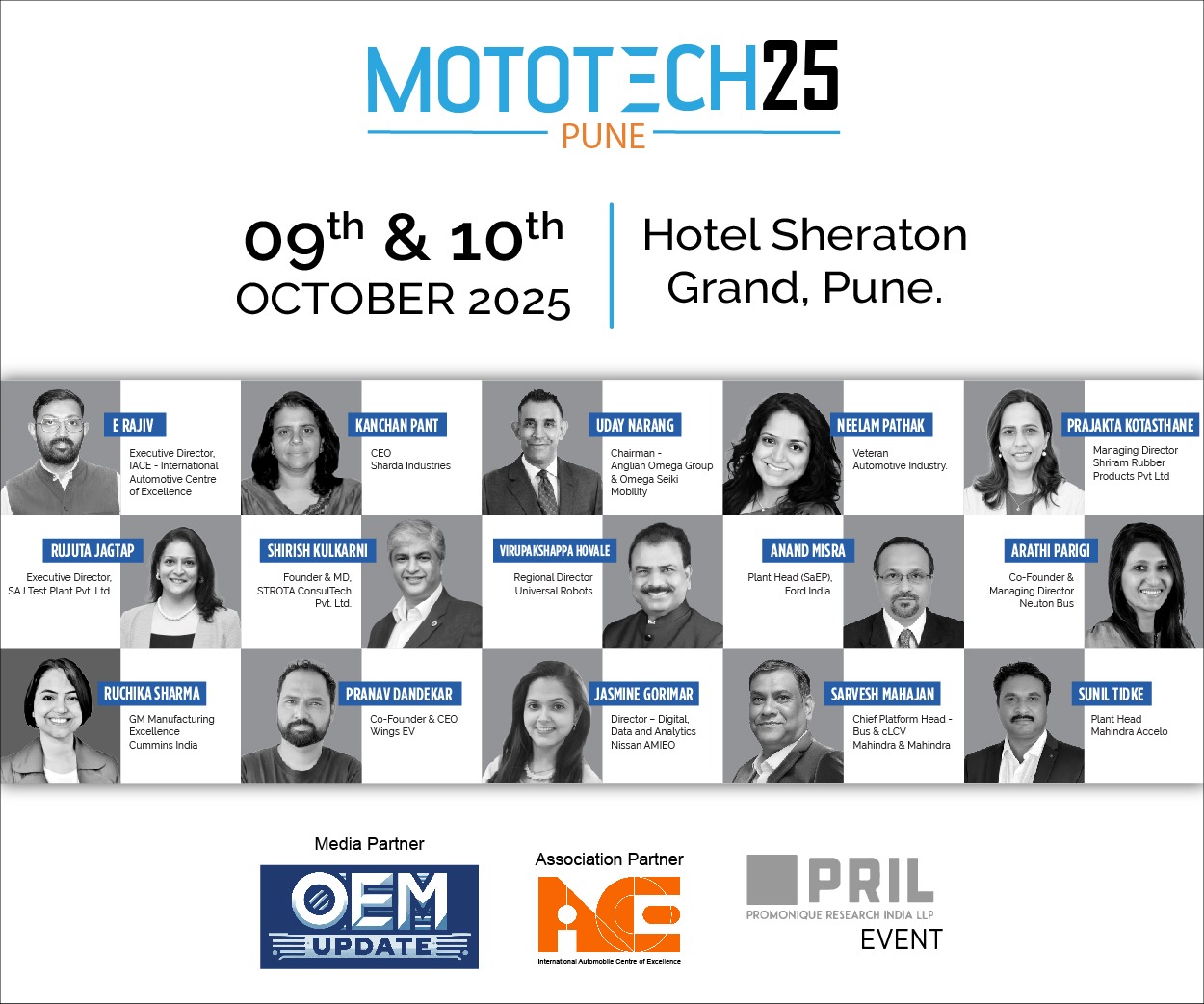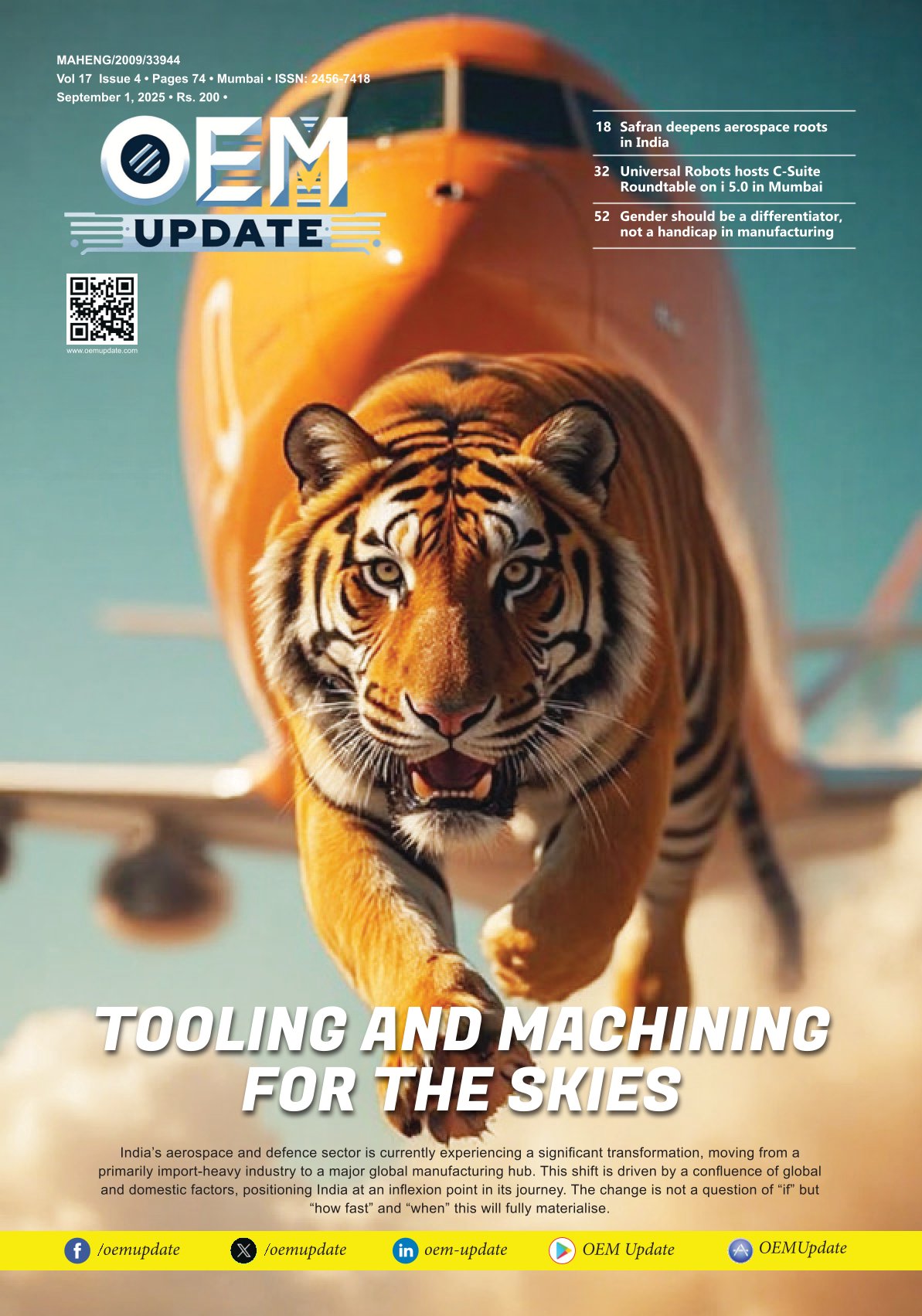WIKA bets big on India to impact global manufacturing with ongoing trade shifts
By Staff Report June 6, 2025 1:54 pm IST
Localisation is critical in WIKA’s global operations, particularly in emerging industrial hubs such as India and Europe. Prashant Sinha, Head of Marketing at WIKA India, discusses the company’s shift from globalisation to a more regionally balanced manufacturing approach.
How is WIKA adapting its global supply chain strategy to shift from globalisation to a more regionally balanced manufacturing approach?
Globalisation is being accepted in every industry. But, with a regional approach, we are ready with a more balanced view. Operational across manufacturing facilities in Maharashtra, Tamil Nadu, Uttar Pradesh, and Haryana has enhanced our local production capabilities, reduced global supply chain reliance, minimised lead times, and improved regional market responsiveness.
We have strengthened our R&D operations to meet local product manufacturing needs. We form strategic partnerships and conduct workshops with suppliers and clients to offer an advantage in production, logistics, and innovation. These collaborations aid in identifying process gaps and proactively finding solutions to ensure consistent product quality.
We aim to improve our impact on renewable energy, pharmaceuticals, and hydrogen power. It emphasises sustainability by adopting environmentally friendly practices, such as using pulp packaging materials in its Indian facilities. These collective efforts improve WIKA’s supply chain resilience and responsiveness in a rapidly changing global environment.
In what ways does WIKA ensure compliance with diverse international standards while catering to local market requirements across various countries?
Complying with international standards while addressing local market needs is essential, and WIKA is very particular about this. We have successfully achieved ISO 9001, ISO 14001, ISO 45001, and ISO 19443 (for nuclear applications) certifications, ensuring the quality and safety of instruments across various industries.
EAC for the Eurasian market and technical documentation in local languages are ways to meet local regulations. Moreover, NABL-accredited calibration facilities ensure that all our products are compliant with desired standards that meet regional needs while maintaining global quality standards.
We enforce strict supplier qualification protocols, ethical sourcing, and anti-bribery systems (e.g., ISO 37001). Adherence to REACH, Rohs, and WEEE directives proves commitment to environmental compliance.
What role does localisation play in WIKA’s global operations, especially in emerging manufacturing hubs like India and Europe?
Our global presence significantly influences localisation, especially in emerging manufacturing hubs like India and Europe. This has been technically possible because we blend global engineering excellence with local manufacturing and service capabilities.
All our manufacturing units focus on the regional production of pressure and temperature switches, valves, and calibration systems. The local production of these products meets domestic demand and positions India as an export hub for other WIKA subsidiaries.
We also offer on-site services and calibration with our mobile calibration vans. In Europe, particularly Germany, Poland, and Switzerland, we leverage local expertise to ensure precision manufacturing tailored to European regulations and customer expectations.
How has WIKA managed challenges related to trade restrictions and tariff changes in recent years, and what strategies have proven most effective?
We have overcome trade restrictions and tariff fluctuations by setting a global presence. We have established manufacturing units in India, Germany, Poland, South Africa, Italy, Canada, and more. This has helped us reduce dependency on any single location for product supply, thereby distributing risks associated with tariffs and trade barriers. The decrease in this dependency has allowed us to swiftly adapt to changing trade policies and maintain supply chain resilience.
Our supplier network is powerful, and its commitment to local sourcing allows it to respond conveniently to regional trade challenges. Its close association with local suppliers allows adherence to regional compliance standards, ensuring continuity in its operations despite global trade uncertainties.
While our specific strategies in response to recent trade restrictions are not publicly detailed, the industry’s best practices suggest that companies adopt measures such as supply chain diversification, local sourcing, and compliance with regional trade agreements to navigate such challenges effectively.
Can you share how WIKA collaborates with OEMs globally to drive innovation in pressure and temperature measurement solutions?
We work closely with OEMS worldwide to pursue innovation in pressure and temperature measurement solutions:
We conduct value innovation workshops (VIWs) with OEM partners to analyse the problem and develop tailored solutions to meet the manufacturer’s specific requirements, enhancing accuracy and customer satisfaction.
We also offer custom-designed pressure transducers, such as the TTF-1, which are made of welded stainless steel and temperature compensation, eliminating the need for internal pressure transmission fluid.
We also provide customised temperature sensors, thermocouple assemblies, and thermowells for specific applications, ensuring accurate and reliable temperature measurement solutions.
We have teamed up with Phase IV Engineering to offer smart IoT solutions. Together, we create wireless sensors that give real-time data, helping OEMS improve efficiency and predict maintenance needs early.
Given the growing emphasis on resilient and diversified supply chains, how is WIKA leveraging digitalisation or predictive maintenance in its calibration and instrumentation offerings?
Digitalisation is becoming a norm across all industries, including us. It is also enhancing supply chain resilience and operational efficiency. Clubbed with predictive maintenance in its calibration and instrumentation offerings, Industrial Internet of Things (IIoT) technologies enable real-time monitoring of equipment parameters such as pressure, temperature, and vibration.
AI and machine learning algorithms can identify failures, allowing proactive maintenance and reducing unplanned downtime. Our smart instrumentation devices also leverage cloud computing to facilitate faster decision-making processes, especially in supply chain management and data analytics. These digital solutions optimise maintenance schedules with enhanced operational agility.
How does WIKA balance sustainability goals with global production and distribution demands in a rapidly evolving geopolitical and economic landscape?
Every industry is vouching for sustainability, and we have already integrated eco-friendly practices across operations. In India, we transitioned all four manufacturing facilities to solar power, achieving 54% solar energy usage, and we aim for a zero-carbon footprint by 2030. We also switched from diesel to LPG generators, used eco-friendly packaging, and improved water systems, cutting water use by 26%. We utilised the Miyawaki method to plant 1,600 trees, ensuring sustainability and efficient production and distribution.
Cookie Consent
We use cookies to personalize your experience. By continuing to visit this website you agree to our Terms & Conditions, Privacy Policy and Cookie Policy.
